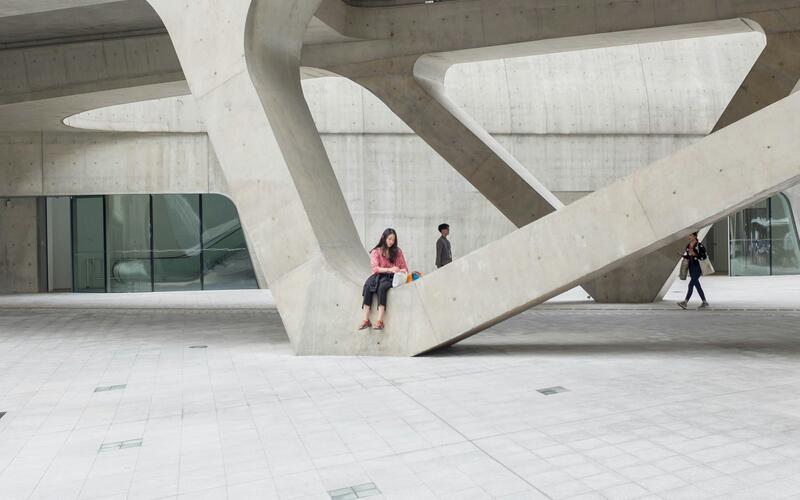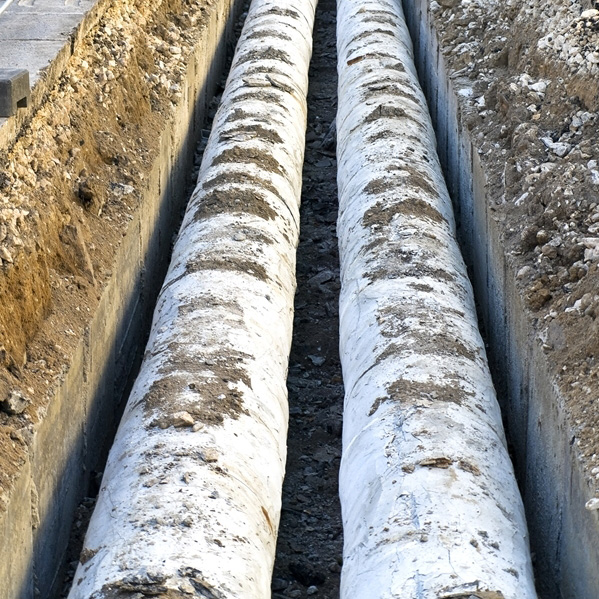Urban design as a tool for global environmental transformation: A conversation with Professor Richard Plunz

Urban design as a tool for global environmental transformation: A conversation with Professor Richard Plunz
Richard Plunz, Professor Emeritus of Architecture, Planning and Preservation at Columbia University, delves into the importance of urban design for sustainable infrastructure in a changing climate.
As cities expand exponentially globally, urban design has never been more important. A leading person in this field is Professor Richard Plunz. As a professor at Columbia University’s Graduate School of Architecture, Planning, and Preservation and at Columbia’s Earth Institute, Plunz has demonstrated great expertise within urban research—with expertise in subfields of infrastructure, city fabric, and climate resilience.
At Columbia, Plunz directed the postgraduate Master of Architecture and Urban Design Program for over two decades. He was also the Founding Director of the Urban Design Lab (UDL) at the Earth Institute. This lab was established in 2005 but ceased activity after forming the new Climate School at Columbia three years ago. While active, UDL’s work centered around how, according to Plunz, “the ‘soft science’ of design thinking can engage the ‘hard sciences’ [to create a] hybrid discipline” fundamental to addressing complex issues such as climate change. The UDL worked with environmental scientists, public health experts, economists, and urban planners to create an interdisciplinary cohort to solve the issues of tomorrow.
When describing his motivations for entering the field, Plunz remarks that his “degrees in architectural engineering, architectural design, and urbanism represented a formative period for him in the sixties.” Plunz emphasizes that during this time, the dangers posed by environmental devastation were becoming evident with the publication of Rachael Carson’s Silent Spring and the growing awareness of the disasters inflicted through the “Agent Orange” phenomena. Published in 1962, Silent Spring documented the environmental damage from pesticide use. The U.S. military used Agent Orange as an herbicide in the Vietnam War, which increased the rate of cancers and birth disorders. As a student at Rensselaer Polytechnic Institute, receiving his engineering (B.S.) and architecture (B.Arch and M.Arch) degrees, Plunz had already experienced and observed evolving environmental pathologies. As a young professional, Plunz became motivated to explore how humans could mitigate future environmental issues that accompany the making of cities.
Plunz recently presented a keynote talk titled “Agriculture as Urban Infrastructure” at the First International Green Development Conference of the Provincial Department of Housing and Urban-Rural Development in Jiangsu, China. Reflecting on his talk, Plunz notes a key takeaway: “urban green infrastructure is one of the most important components for innovation within the urban design field.” With increasing urbanization, urban agriculture is bound to be a component of the vast transformation of our global food systems. Intentional inclusion of green infrastructure in the design of cities ensures sustainable and effective urban development. Plunz expounded on the benefits of urban space proximities, citing recent studies that suggest urban density is comparatively more sustainable than suburban sprawl. As urbanization continues, robust research must provide insights that guide society toward a more sustainable future.
For young design professionals entering the field of urban design, Plunz recommends incorporating natural science research techniques, as engagement between these two fields is essential. “Project work in tandem with the science disciplines has been an important aspect of understanding the deficiencies of ‘design thought’ in that our knowledge base does not incorporate the methodological layering of scientific research,” says Plunz. “Rather, it is far more incidental—partly by intention in that designers have a habit of not revisiting their production.” The iterative process commonly used in scientific disciplines can engage alternative approaches to design. This process of revisiting is crucial but will become more complex as the world continues to urbanize rapidly. The cross-disciplinary urban design will open new doors to urban design methodologies—and critically prepare society for what looms over the increasingly busy skyline.




